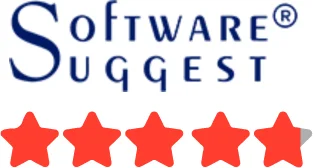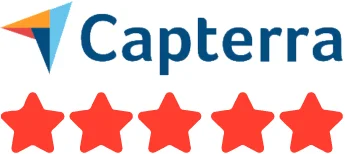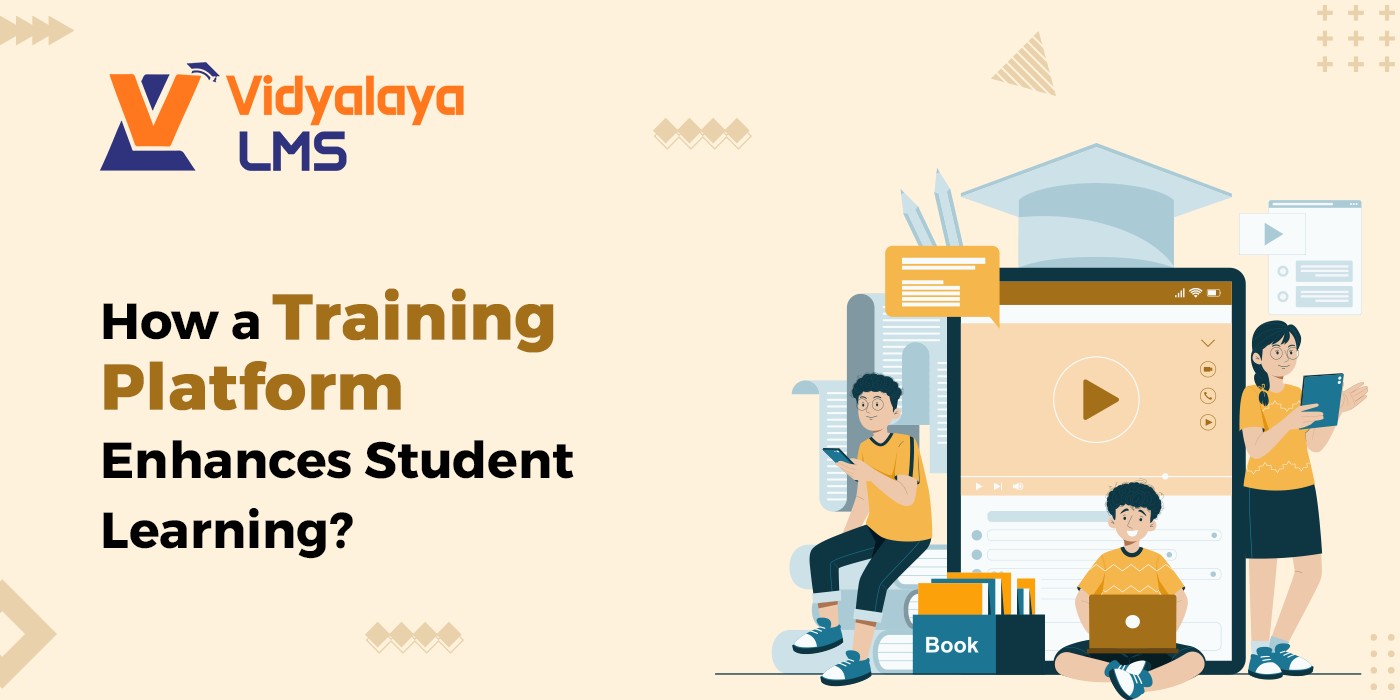Traditionally, the training has always been instructor-centered, where the focus was on the instructor who provided knowledge to a group of students. Although this model is still relevant, today’s students require more flexibility, dedication, and privatization. This is where Modern Instructor LED Training (IILT), which is driven by technology, has an impact. With the right instructors with LED training software, and LMS equipment, institutes and organizations can combine structured teaching with digital innovation, which can lead to a more attractive and personal learning experience for each participant.
This blog explains how personalized learning experiences change and how to streamline your exercise programs with features such as blended learning, interactive tools, and tracking in real-time.
What is the Coach-led Training in Modern Contexts?
The training of the instructor refers to the education of the traditional class style led by an instructor. However, with digital changes, IILT is no longer limited to physical places. Virtual classrooms, video conference tools, and Instructor-LED training software allow instructors to provide online lessons to coaches, ensuring accessibility and flexibility for students around the world.
The modern approach blends live instructions with digital resources, assessment, and collaborative platforms, leading to a dynamic and interactive learning experience.
Why Should the Streamline with LMS Tools?
Modern LMS acts as a central centre for distribution, management, and tracking for platforms. They make it easier to plan, plan, and monitor sessions, ensuring commitment and participation from students.
Here are some of the biggest benefits:
- Uninterrupted Planning and Governance: LMS equipment allows trainers to organize classes, send reminders, and share resources on a platform. This reduces administrative work and ensures that students never miss important sessions.
- Blended Learning Opportunities: By integrating the automatic digital module, the LMS blended learning supports the correct balance between teaching guidance and the student’s autonomy. This helps participants to strengthen their concepts outside the classroom.
- Personalized Learning Experience: Not every student absorbs knowledge in the same way. Modern LMS platforms support individual routes where students can reach further resources, participate in breakout sessions, and track progress based on their unique learning needs.
- Commitment through Interactive Tools: Features such as Pole, Quiz, Breakout Room, and Gamified Assessment Hold students active during the sessions led by the instructor. Instead of being a passive listener, they participate in real time and collaborate.
- Data-operated Insight: Instructors can track the appearance, participation, and evaluation results through the LMS Dashboard. This insight helps the coaches identify areas where students struggle and provide targeted help.
- Scalable Training: Whether you run for 20 students or 2000, an LMS makes it easy on a scale. Victims’ sessions and resources can be recorded and reused by ensuring delivery stability.
Practical Strategies to Streamline the IILT of LMS:
Here are some action-rich ways to combine training by the instructor with LMS tools for maximum efficiency:
- Virtual Classroom: Integrates platforms such as Zoom or MS Teams directly in LMS to organize live training sessions.
- Material Depot: Save training materials, presentations, and recordings for easy access at any time.
- Evaluation and Response: Use online quizzes, colleague assessments, and surveys to immediately evaluate learning outcomes.
- Associated Learning: Utilizing discussions benefits from forums, chat rooms, and group projects to encourage colleagues to colleagues.
- Mobile Learning: Make sure students can use IILT sessions and resources on mobile devices for learning on the go.
Future of Training With LMS:
The future of Iilt lies in hybrid and mixed teaching models. When organizations and institutions embrace digital changes, the IST will continue to develop the most student-centric, flexible, and average. With AI-led personalization, Gamification, and real-time analysis, instructor-led training software will play an important role in creating both structured and adaptive training.
Conclusion:
Instructor-Led Training is evolving — and organizations that adapt by integrating modern LMS tools are seeing measurable improvements in learner engagement, training efficiency, and scalability. By blending structured classroom teaching with interactive, data-driven digital tools, institutions can deliver a more personalized and impactful learning experience.
Vidyalaya LMS is designed to do exactly that. From virtual classroom integrations and automated scheduling to real-time analytics and mobile access, our platform simplifies the complexities of ILT while enhancing its effectiveness.
Whether you’re an educational institution or a corporate training provider, Vidyalaya LMS helps you streamline training delivery, boost learner outcomes, and scale effortlessly.
Ready to modernize your instructor-led training? Contact us today or schedule a free demo to see how Vidyalaya LMS can transform your training programs.



























